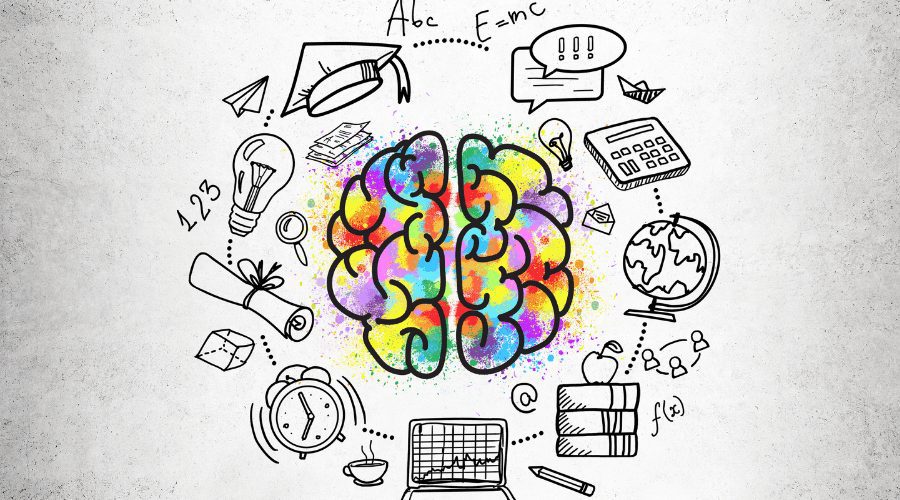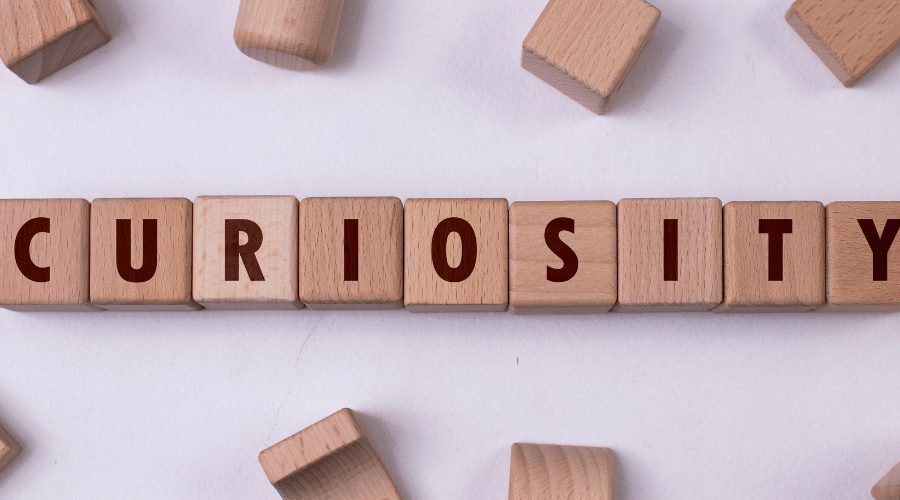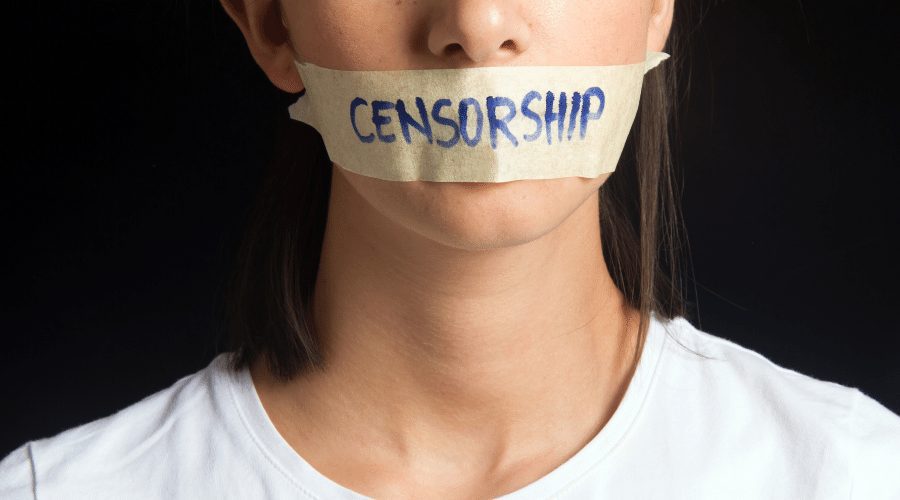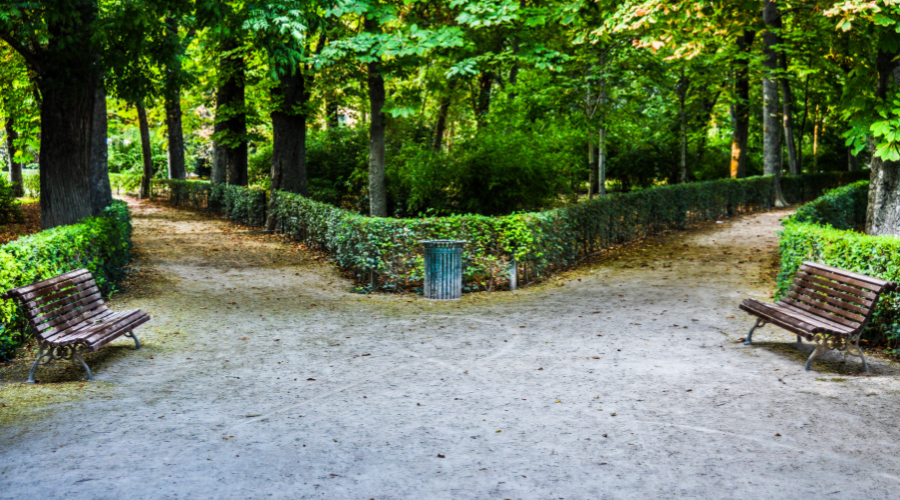[Opinion piece]
There is growing research supporting not only the personal value of improved critical thinking skills, but the societal benefits too. Improved earning potential, business acumen, job skills demand, happiness, healthiness, and even reduced stress have been linked to an enhanced level of critical thinking, while less divisive approaches to political debate and less extremist views have also been cited as potential societal boons. What’s more,
susceptibility to scams, manipulation, and cult-like behaviours also drop, delivering personal and societal benefits.

If ever there was a silver bullet to the world’s problems, many would argue that critical thinking is it. If the solution to the world’s problems is that simple, then the question is why aren’t we doing it? The answer sadly, is significantly more complex than the potential solution. First, there is the challenge of educational reform, then there is the challenge of personal practise, and finally, there is the challenge of the pros and cons of censorship and consequence.
Educational reform
In traditional Western education, focus is placed on the linear pursuit of topic-based knowledge, understanding why something works, or how it happens. We focus typically on facts, on figures, and on measurable outputs so that we can examine children and benchmark their performance. It means a curriculum that places intense focus on vertical reading, using single sources to intensely understand a subject, rather than lateral reading which focusses on gaining a broader understanding from multiple sources.
Vertical reading is not inherently wrong, and nor is the educational system entirely flawed. It fulfils a very specific and necessary role, and our economies thrive on its outputs. The problem is that this intense pursuit of “knowledge” typically comes at the expense of curiosity. How do we know something is true? Why do we believe this source over that one? How can we improve our understanding?
When we lose curiosity, we lose the habit of asking questions, or perhaps more accurately, of asking the right questions. As a result, we become more blinkered, leaving room for many of our negative psychological predispositions such as confirmation bias, truth bias, and even groupthink. This leaves us seeking information that matches what we already believe (confirmation bias), believing things are true, even when we think they might not be (truth bias), and aligning our views with those of the people around us (groupthink). In turn, this supports the narrowing of our opinions and understanding, increases our susceptibility to manipulation, and facilitates the spread of misinformation.
Undoing this societal shift will require a fundamental reform of the educational system, moving away from topic-led benchmarking, towards an expansive, curious mindset. It would mean education through research and exploration, with a focus on how we learn, rather than what we learn. Estonia is one country that has made some of these reforms happen, as we explore in our blog here, but many countries are light years away from this type of reform.
In the meantime, this is part of the reason that the Open Minds Foundation is developing teaching resources that introduce and encourage critical thinking skills, as well as considering the development of at home resources for families.

Personal practise
In the absence of a basis in education, critical thinking skills can be acquired and practised individually, keeping an open and expansive mindset, and actively seeking views that conflict with our own. We can, and do, learn new habits all the time, the problem is that a) it requires us to specifically choose to acquire new skills, and b) our brains are predisposed to revert to old habits, particularly when we aren’t operating in the “ideal” environment.
Maclean (1990) developed the Triune Brain Model, which splits our brain into three ‘levels’:
The ‘lizard brain’ which is responsible for our basic human functions such as breathing or your heartbeat. It is the most efficient part of the brain, requiring the least physical and mental energy.
The ‘mammal brain’ which is concerned with our environment and our safety. It keeps track of potential dangers, and typically guides us back to old places, or encourages us to use old habits, where we know what to expect and feel ‘safe’. This part of the brain allows us to use acquired skills, and turns many of them into automatic routines that enable quick decision making and reaction times. It requires a lot of our focus, and mental and physical energy, driving most of our unconscious thought processes.
While it fulfils a very important function, the mammal brain is also the reason that we fall back into bad habits, and the reason that we make snap judgements, and believe things to be true, even when there are signs that they aren’t. The mammal brain does not thrive on research or change, but it does like efficiency, safety, and familiarity, typically taking things at face value.
The ‘human brain’, which is used to represent the neocortex, a series of brain structures that each have a specific function. These areas enable rational thinking, voluntary movement, interpretation of what your senses are telling you and so on. Very specifically, the prefrontal cortex is the one responsible for the executive functions of the brain: rational thinking, troubleshooting, analysing data, reasoning, learning new information, quality decision-making, creativity, and it also governs our willpower. If we practise critical thinking skills, it will involve the prefrontal cortex, and the more frequently we practise it, the better able we become to do it automatically. Unfortunately, however, this is also the part of the brain that requires the most energy, and is the most susceptible to stress, anxiety and other emotional triggers, reverting us back to our mammal brains.
What this ultimately means is that using critical thinking skills must be a deliberate, conscious decision, and it must be practised all the time. We must also recognise our shortcomings, and try to encourage new skills and habits at optimum times, when we are feeling calm, focussed, and awake. Herein lies the challenge of personal practise – how many people make the choice to do it, and then make the choice to maintain it?
Censorship and consequence
As we explore in our post on the power of lateral thinking, the way that we produce, share, and consume information has shifted, in the digital age. We can and should have the right to freedom of expression without censorship, but this has given rise to the phenomenon of opinion being represented as fact, without consequence. The Capitol Hill riots and the Brexit NHS bus are both examples of politicians inciting people to specific behaviours, by sharing unsubstantiated “facts” and facing no consequence for doing so. The question is, where does the line fall between fact and fiction, and who has responsibility for policing it? In turn, where does the line fall between ‘fact-checking’ and censorship?

As we explore in our blog on the rising tide of misinformation, individuals are aware of the problem of fake news, and many admit they have probably even shared fake news. What’s more, we believe that “others” such as social media platforms, search engines, and even politicians, bear the brunt of preventing the spread of misinformation, yet we also object to the concept of censorship and don’t want our rights to be “nannied”. This means that how and where censorship occurs, is personalised by platform. Facebook and Google are both taking steps to stem the tide (amid criticism of censorship), while apps such as Telegraph have taken a hands-off approach to content (amid criticism of not doing enough). It means, that the likelihood of leaving behind this era of “post-truth” is far from becoming a reality.
The alternative
What this leaves us with is the assurance that developing our own critical thinking skills is an essential tenet of combatting the misinformation we encounter, and encouraging our friends and family to do the same. There can be no silver bullet requiring such huge societal changes, so it falls to us as individuals to safeguard ourselves and our own minds.
Thankfully, it appears these small, conscious steps are effective. A paper in the journal Science Advances draws together research from academics and Google. Using a concept called “pre-bunking”, they explored the impact of short online videos, specifically designed to teach basic critical thinking skills, on making people better able to resist misinformation. The results were promising. “Subjects who viewed the videos were found to be significantly better at distinguishing false claims from accurate information when tested by the researchers. The same positive results occurred when the experiment was replicated on YouTube, where nearly 1 million people viewed the videos.”
Researchers are now considering the longevity of these effects, whether they diminish over time, and whether they can be maintained with “booster” videos. What it shows however, is that armed with an understanding of how our brains work, why we are susceptible to misinformation, and how we can practise critical thinking, all look set to support us in improving our own capabilities in a meaningful, effective way.
MacLean, P. D. (1990). The Triune Brain in Evolution: Role in Paleocerebral Functions. Plenum Press.

